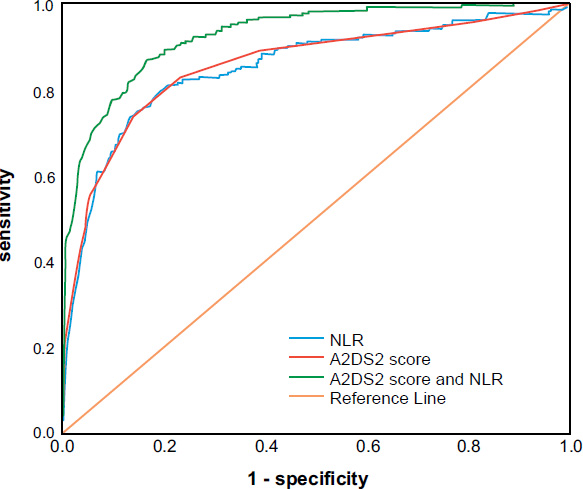The Open Medicine Journal is an open-access journal that publishes research articles, reviews/mini-reviews, letters and guest-edited thematic issues in all areas of medicine. The journal encourages submissions related to the various basic and applied fields of medicine including but not limited to:
- Angiology/Vascular Medicine
- Cardiology
- Critical care medicine
- Endocrinology
- Gastroenterology
- Geriatrics
- Hematology
- Hepatology
- Infectious disease
- Nephrology
- Neurology
- Nuclear Medicine
- Oncology
- Pediatrics
- Respiratory medicine
- Rheumatology
- Sports Medicine
- Pharmacoeconomics and Health Economics
- Surgery
- Urology
The Open Medicine Journal, a peer-reviewed journal, is an important and reliable source of current information on developments in the field. Emphasis is placed on publishing quality papers, making them freely available to researchers worldwide.
The Open Medicine Journal is an international, peer-reviewed, open-access journal covering all aspects of medicine published continuously by Bentham Open.





